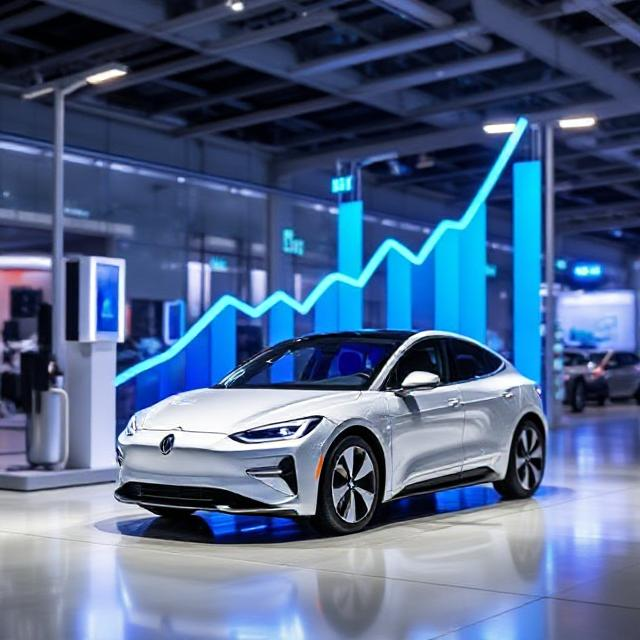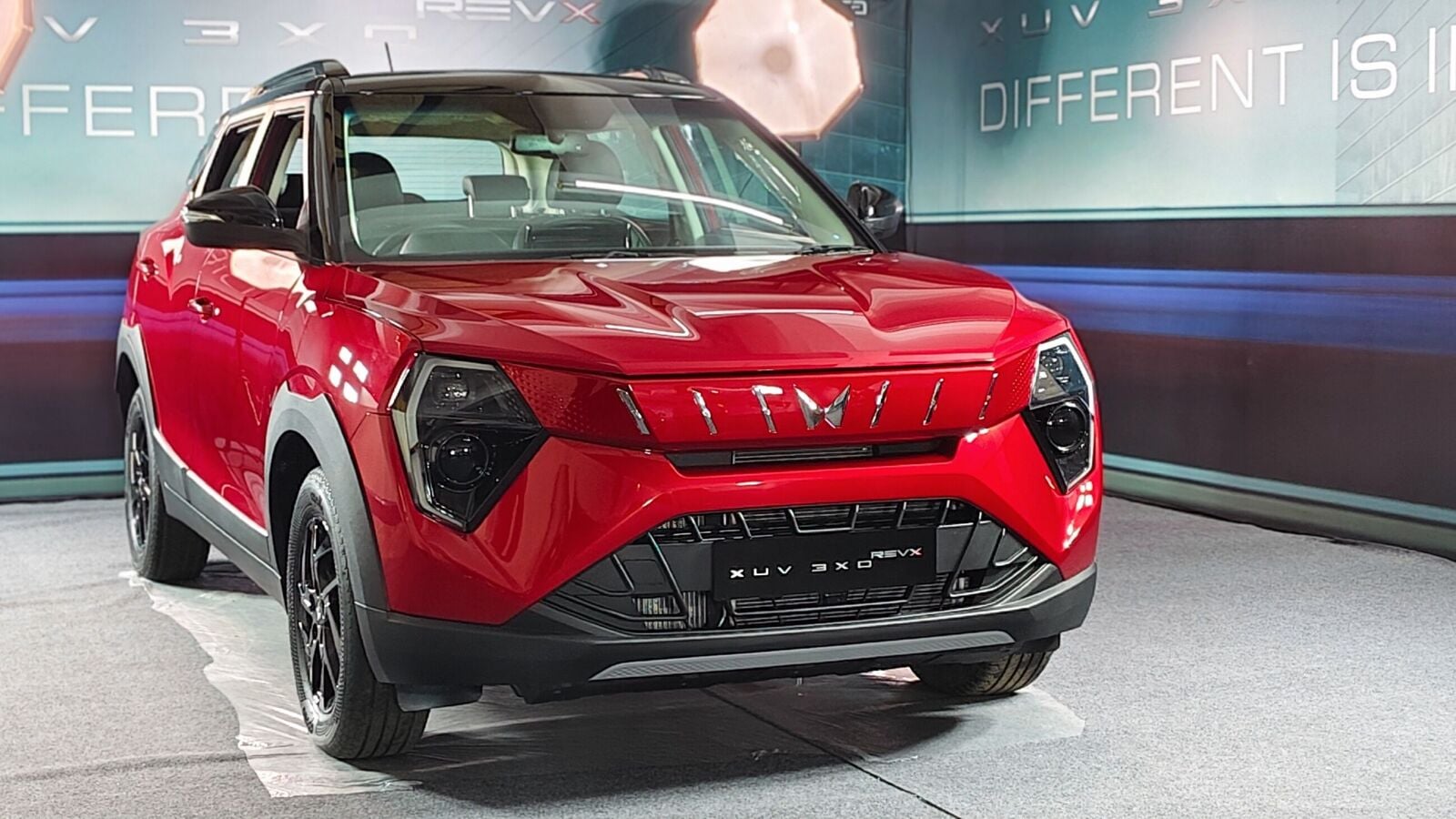The global electric vehicle (EV) market has kicked off 2025 with an impressive surge, recording an 18% increase in sales in January compared to the previous year. This significant rise highlights the growing adoption of EVs worldwide, driven by advancements in technology, government incentives, and a shift toward sustainable mobility solutions. Let’s delve into the factors behind this growth, regional performance, and what it means for the future of the EV industry.
Global EV Sales Growth: Key Insights
According to Reuters (Source), global EV sales rose by 18% in January 2025, with notable growth in the U.S. and Europe, while China’s market showed signs of stabilization.
Factors Driving the EV Sales Boom
- Government Policies and Incentives
- Many countries have extended tax incentives and subsidies for EV buyers, encouraging more consumers to switch from internal combustion engine (ICE) vehicles.
- Stringent emissions regulations and bans on new gasoline car sales in various regions have further accelerated the transition.
- Advancements in EV Technology
- Improved battery technology, resulting in longer driving ranges and faster charging times, has reduced consumer concerns over range anxiety.
- The expansion of fast-charging networks globally has enhanced the convenience of EV ownership.
- Expansion of EV Lineups by Automakers
- Legacy automakers like Volkswagen, Ford, and Toyota have introduced new EV models to compete with industry leaders like Tesla and BYD.
- More affordable EV models have entered the market, making electric mobility accessible to a broader audience.
- Increased Consumer Awareness and Demand
- Growing concerns about climate change and rising fuel costs have led consumers to opt for greener transportation alternatives.
- Corporate fleet electrification initiatives from companies like Amazon, UPS, and Uber have further driven demand.
Regional Breakdown of EV Sales Growth
United States
- EV sales in the U.S. surged by 22%, marking one of the fastest-growing markets for electric vehicles.
- Tesla, Ford, and Rivian led the charge with increased production and deliveries.
- The Biden administration’s investment in charging infrastructure played a key role in boosting consumer confidence.
Europe
- European EV sales rose by 19%, with Germany, France, and the UK being the top contributors.
- The European Union’s push for carbon neutrality by 2050 has intensified EV adoption, with countries offering generous subsidies and incentives.
- Volkswagen ID.4, Hyundai Ioniq 5, and Renault Megane E-Tech were among the best-selling models.
China
- While China remains the largest EV market, its sales growth slowed to 12%, primarily due to market saturation and reduced subsidies.
- BYD, NIO, and XPeng continue to dominate the Chinese EV space, but increased competition from foreign automakers is reshaping the market.
- The shift toward hybrid vehicles is also evident, with companies like Toyota and Geely capitalizing on demand for plug-in hybrid electric vehicles (PHEVs).
Market Challenges and Future Outlook
Challenges
- Supply Chain Issues: Lithium and other raw material shortages continue to impact battery production.
- Charging Infrastructure: Despite improvements, some regions still lack sufficient fast-charging stations.
- Price Sensitivity: High initial costs of EVs remain a barrier for some consumers, despite subsidies.
Future Prospects
- Analysts predict that global EV sales will continue to grow throughout 2025, with a projected 30% year-over-year increase by the end of the year.
- Automakers are investing heavily in next-generation battery technology, such as solid-state batteries, which promise higher efficiency and faster charging.
- The rise of autonomous EVs and vehicle-to-grid (V2G) technology could further transform the industry.
Conclusion
The 18% increase in global EV sales in January 2025 is a testament to the accelerating shift toward electric mobility. While challenges remain, ongoing advancements in technology, infrastructure, and government policies are paving the way for a sustainable automotive future. With the industry set to expand further, EVs are becoming the dominant force in the automotive world, redefining transportation as we know it.
Stay tuned for more updates on the evolving EV landscape!




